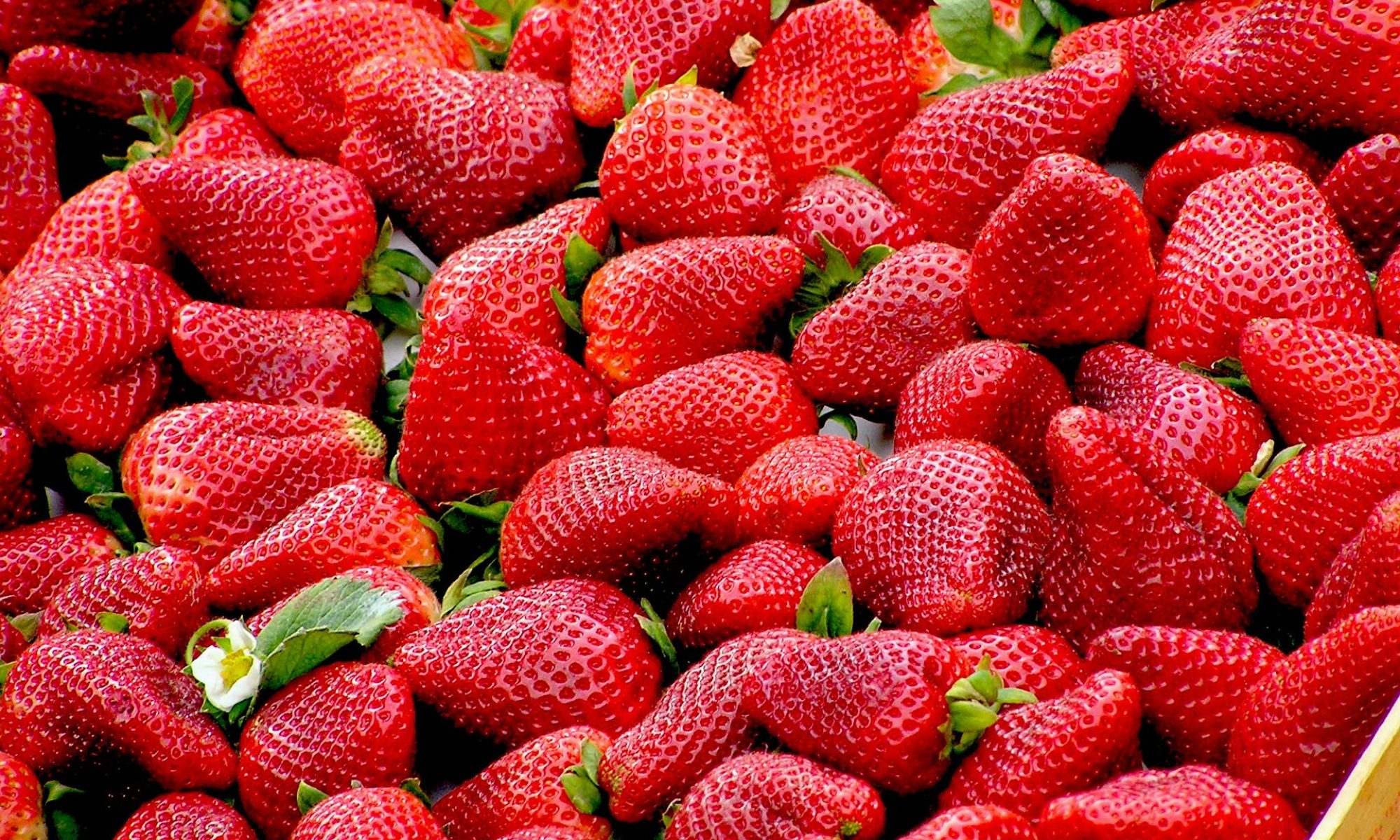Health & Fitness > What is soft drink? > History of soft drinks
The history of soft drinks can be traced back to medieval days and there are records of use of mineral waters in medieval history. The earliest soft drinks (sherbets) were developed by Arabic alchemists and were in use in medieval Near East.
In English history records on soft drinks it is found that in 1260s, naturally carbonated (fermented) drinks were made from the roots of burdock (Arctium lappa) and dandelion (Taraxacum officinale). Soft drinks made from lemon juice (diluted with water and sweetened with honey) were marketed 1670s.

Joseph priestley from England made history by discovering the method of infusing carbon dioxide into water to make carbonated water (soda water), in 1767. Torbern Bergman from Sweden made history by inventing an apparatus for producing carbonated water from chalk by addition of sulfuric acid.
Later in late 18th century, fruit juices, herbs, spices and wine were added to the carbonated water to give flavors. Benjamin Silliman (Yale chemistry professor) sold soda waters in New Haven, Connecticut in 1806.
In the 1830s, John Lippincott of Philadelphia and John Matthews of New York City made history by starting the manufacture of soda fountains and both built large factories for fabricating soda fountains.
In United States, in 1950s, Phosphate Soda became very popular drinks and were made by adding orange syrup and phosphoric acid to carbonated water.
Earlier in the history of glass industry the manufacturing process had limitations and carbonated soft drinks were sold by the chemists from soda fountains.
Early 20th century saw the expanding sales of bottled soda and later canned soft drinks became popular in the second half of the 20th century.
Interesting topics in Nutrition, Health & Wellness:
Social anxiety depression – Social anxiety disorder causes
Horseradish roots – Horseradish juice – Health Benefits
Severe hypothyroidism – side effects of hypothyroidism disorder
Chronic sinusitis treatment – balloon sinuplasty
Cloves (Syzygium aromaticum) – Health benefits of cloves
Prevent back pain in children from heavy backpacks
Celery juice nutrients – Health benefits
Pneumonia in children and infants
Coping with dry skin in winter
Pregnancy-related pelvic girdle pain
Current topic in Nutrition, Health & Wellness: History of soft drinks.

Thanks for sharing excellent informations. Your web site is so cool. I am impressed by the details that you’ve on this web site. It reveals how nicely you perceive this subject. Bookmarked this web page, will come back for extra articles. You, my friend, ROCK! I found simply the information I already searched all over the place and simply could not come across. What a great website.
Greetings! This is my first visit to your blog! We are a group of volunteers and starting a new project in a community in the same niche. Your blog provided us beneficial information to work on. You have done a outstanding job!
Also I believe that mesothelioma is a uncommon form of cancer that is generally found in these previously exposed to asbestos. Cancerous tissues form within the mesothelium, which is a defensive lining which covers most of the body’s areas. These cells commonly form within the lining of your lungs, tummy, or the sac that encircles the heart. Thanks for revealing your ideas.